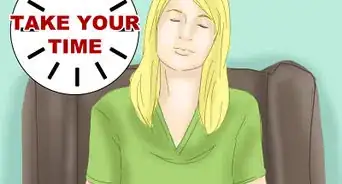X
wikiHow is a “wiki,” similar to Wikipedia, which means that many of our articles are co-written by multiple authors. To create this article, 9 people, some anonymous, worked to edit and improve it over time.
This article has been viewed 55,744 times.
Learn more...
Taoist meditation is a unique form of meditation that although similar to Buddhism has a far stronger emphasis to energy flow, healing, breathing techniques and visualisations. Taoist practices also have a deep stillness aspect, sometimes to connect with the power of the universe and gain deeper insights into the Tao and enlightenment. This tutorial aims to help you start and develop in Taoist meditation.
Steps
Method 1
Method 1 of 5:
Before You Begin
-
1Ideally, have some understanding of Taoism. Reading texts such as the Tao te Ching, the legends of the 8 immortals, the I Ching and other Taoist texts can give you some familiarity with the focus of Taoism. Taoism, like Buddhism, is not an affair of the intellect, but is based in the heart, with wisdom and gentleness.[1]
-
2Join a Taoist Temple. These are very rare outside of places such as China, Taiwan, Singapore, Malaysia (etc), but they are increasingly common in countries such as Australia, the US and Europe, or anywhere there is a large Chinese population. They tend not to be well advertised and are more frequently Neo-Confucian temples or shrines, (worshipping the 3 jewels of Taoism, Buddhism and Confucianism), so contacting a Chinese cultural centre in your home state can be a good step forward.Advertisement
-
3Compliment your meditation with other practices. Examples of these are Tai Chi, Qi Gong, chanting, spiritual Qi healing / reiki and Taoist rituals and offerings.
- Rituals are a very important part of Taoism, generally as a means to train the body but also to train the heart and mind. They serve on occasion to invite heavenly protectors, create good tidings and to block harmful spirits. The supernatural, mythological and legendary play a large part of Taoist religion.[2]
-
4Develop your virtue. Unless you are enlightened, virtue is an essential component as the mind will never settle in a wild and untrained heart. In Taoism, there are the 5 beauties of character - Kindness, Proper Conduct, Propriety, Wisdom and Trustworthiness. In Buddhism there are the 5, 8 or 10 precepts for lay people and Confucianist training has 8 virtues, but they all serve the same purpose.
- Similarly in Buddhism, which meditators are more likely to have encountered, Taoism places great importance on gentleness and proper conduct as a foundation to meditation.
-
5Choose your time and place wisely. Actually a fair number of Taoist meditations traditionally are done in the open space or wilderness of the forests and mountains. Small, stuffy rooms devoid of life are not ideal places. The air should be fresh and if indoors, apply principles of Feng Shui to make a more harmonious space. The time of day can also be important. Some practitioners find midnight an ideal time to meditate as well as between 11am and 1pm, but during a very hot, windy or stormy time is not good for meditation.
-
6Sit comfortably. This may be on a chair or cushion, you may also wish to lie down, but too much lying meditation may drain Qi, and promote drowsiness and cloud the senses.
-
7Summon energy. This optional practice is done as a protection, like a guardian angel, and is done by imagining someone you respect, ideally someone with similar qualities to that you wish to practice, so for wisdom you might humbly invite Lao Tzu or Buddha; for compassion, Guan Yin and so on; for general strength and energy, humbly invite your ancestors. They can be from any tradition as long as you have confidence in them. You may also summon inanimate energy from the landscape, the sky or the universe. Be clear that you are inviting wholesome guardian type figures and that the doors aren't open to any trouble-makers.
Advertisement
Method 2
Method 2 of 5:
Small Universe
-
1Close your eyes. Imagine a point of energy at your lower dan tian, or in your lower stomach area. This is your centre of gravity and is usually a few inches below your navel or a few inches above your pelvis near the belly button and is the start position.
-
2Imagine a ball of energy. Allow it to expand and contract gently until it is a size that feels right to you. Visualize it glowing with a beautiful colour or a pleasant feeling, and while it is very personal to your character, there is no right or wrong colour at the beginning, as long as it is beautiful to you.
-
3Move the ball of energy. This is done in a cyclical pattern, typically from the start position at your lower dan tian, then to base of your spine, lower back, upper back, neck, top of the head, forehead, face, neck, heart and back down to your lower dan tian. You may do this in a continuous flow-cycle, or you may stop at each stage as you breathe in, then out, or spend a few minutes at each location and then move on.
- At each stage, imagine the healing energy from the ball flood that part of your body, releasing any tension or blockages while healing and cleansing the area.
- You may allow the colour to change if necessary (it often will do this on its own) or it will let you know by not feeling right or complete. Allowing this energy to adapt will give the best benefits and you may change the colour until it does feel right. Different colours have different energies (see below section on colour healing).
-
4Breathe comfortably and deeply. Ideally, breathe out to expand your lower stomach gently, and breathe in to contract your stomach. This is a natural and not a controlled movement, and is done by filling the whole lungs with air.
- Ideally keep the tongue in a gentle contact with the roof of the mouth as that acts as an energy conduit.
-
5Repeat the process for as long as you wish. Beginners should start with half a dozen or so cycles, which can be 10 minutes long, but longer practitioners may go for as long as they wish. The longer you practice the more you should let go and allow the energy to move naturally until it forms a complete circuit.
-
6Complete the meditation This is done by settling the energy ball back where you started at the lower dantian and allowing the energy to settle there. Allow your heart to be filled. Taoist meditation is a unique form of meditation that although similar to Buddhism has a far stronger emphasis on energy flow, healing, breathing techniques and visualizations. Taoist practices have a deep stillness aspect to connect with the power of the universe and gain deeper insights into the Tao and enlightenment. This tutorial aims to help you start and develop your Taoist meditation.
Advertisement
Method 3
Method 3 of 5:
Universe Merging
-
1Close your eyes. Imagine your whole body relaxing and as it relaxes, it turns into cloud, vapor, smoke, mist or energy. You may also generate a pleasant feeling instead if your mind does not easily visualise. It typically retains the same shape as your body, but it doesn't matter if it doesn't.
-
2Spend time here. Spend a few minutes allowing the whole body to be consistent - tensions and blockages may express themselves as solids or voids in the mists and movements or currents in the mist often represent energy flow in the body, but can also represent your state of mind and so a busy or anxious state of mind can create turbulent mist.
- If you wish, you may imagine this cloud or mist draining out of you through your feet while fresh mist is flowing in through your head, flowing just like a gentle river and cleansing, healing and replenishing your entire body.
-
3Gently calm and clarify the mist. This should be done until it fully clear, but you are still fully aware of the boundary of the energy as your normal space.
- This can take some time, so it is best to be in no hurry for this kind of meditation. Take care that you base this energy on love or kindness, as the next stage will not happen unless you are able to love the entire universe and everything in it, which means letting go of any troubles you may be experiencing in your daily life now.
-
4Expand the boundaries. You will know when it is right by a sense of complete harmony in the body. Gently and slowly allow it to expand to fill the space around you, the room around you, then your house, your suburb and so on until you fill the entire universe. Don't be in any hurry for this to happen, you will generally feel this expansion rather than telling yourself where you are now. It might take a long time before you can expand even to the end of your room.
-
5Recognise the connection. By filling the whole universe, you and the universe are becoming one, combining together. Spend as much time here as you wish.
- Gather and share your energy with the stars, the planets and all beings. Sharing your energy gives you more energy.
-
6Complete the meditation. Thank the universe and gently start to contract back down until you fill your space again. Essentially you are reversing the process. Allow the energy to settle inside your lower dan tian. Allow your heart to be filled with a gentle gratitude and rest for a minute with your eyes closed. Then gently move your body, rub your face and head to stimulate energy and open your eyes.
Advertisement
Method 4
Method 4 of 5:
Stillness Meditation
-
1Close your eyes. Take time to relax your entire body and focus gently until the body becomes present to you.[3]
-
2Spend time here. You should spend your time relaxing any blockages and imagining all your energy channels are opening. When you feel ready, move to the next stage.
-
3Find any part of your body that is still. Essentially you are looking for general stillness in the body, but the whole body is, naturally, in a state of flux and movement. You are looking for the stillness within the movement.
- A classical metaphor used in Taoism and Chan Buddhism is "still, flowing water". This ancient metaphor describes nicely what you are aiming for, it is a state of letting go that you become still, with the flow of time, energy and space happening without your interference, but with your complete acceptance and love.
- This comes into Taoist philosophy as a "returning to the source". Again like Buddhist philosophy (which is why Buddhist and Taoist meditations can and often are used side by side), all things come from the Tao, which is nothingness or voidness, and this emptiness contains the whole universe. Returning to the source of this energy will not only replenish and heal but lead towards enlightenment. This is because the mind is fundamentally void and clear, and it is simply manifestations we see, feel and interact with, and these come from the emptiness - the Tao. When you deeply understand this, you will not be troubled by thoughts or feelings as you know they are simply manifestations, but you can return to the source; that beautiful, peaceful emptiness and stillness and you know nothing can contaminate your mind. It's also used in the old Taoist riddles and Zen koans of the original mind or nature.
-
4Take your time and unify or centre the stillness. This is an advanced practice that may not immediately show itself to you until you are well developed in gentleness and kindness. Stay as long as you wish.
-
5Complete the meditation. Thank the universe and allow your heart to be filled with a gentle gratitude while you rest for a minute with your eyes closed. Then gently move your body, rub your face and head to stimulate energy and open your eyes.
- Use this practice to create serenity as by knowing that the source of everything and nothing is within you, then many of your troubles can seem much smaller - even irrelevant - than they were before.
Advertisement
Method 5
Method 5 of 5:
Colour Healing Meditations
-
1Close your eyes. Take time to relax your entire body and focus gently until the body becomes present to you.
-
2Imagine a bright, beautiful colour. It can be any colour you like, or you may choose one which has symbolic energy connections. Yellow for example, is useful for a busy mind and the stomach system, white is useful for the breathing system, as well as sorrowful emotions, green is useful for tension or anxiety and the liver system, blue is useful for fear and cleansing the kidney system and finally really red or pink is ideal for the heart system and the happiness & unhappiness emotion.
- The colour that arises naturally at the time is usually best and may be symbolic, but it is best not to read into these things, it is a process of healing and complicating it will reduce or stall its effectiveness.
-
3Allow the colour to flood your body. If you wish, you can sense it as a wave from your head down to your toes, in a body cycle like small universe breathing (above section) or in anyway you like, such as a colour massage.
-
4Let the colour cleanse you. As you breathe in, allow the colour to flood to where it is needed, such as an injury or illness, and then as you breathe out, imagine a dark smoke rushing out of your body, or if you are good at imagining, the smoke filling a waste bin.
- As you do this, remind yourself that your channels are opening and blockages, toxins and diseases are melting away and leaving your body in the smoke.
-
5Repeat for as long as you like. With this meditation, you will usually feel when enough has been done as it no longer feels necessary to continue. At this stage, thank the universe and allow your heart to be filled with a gentle gratitude while you rest for a minute with your eyes closed. Remind yourself with good confidence that your energy channels are open and cleansed and that healing has happened. Then gently move your body, rub your face and head to stimulate energy and open your eyes.
Advertisement
Warnings:
- As with all spiritual and healing techniques, its effectiveness is aided by your state of mind, and forgiveness and kindness are essential traits. However these practices are meant to skillfully encourage your own natural healing system and to compliment any existing healthcare treatments you are getting from your healthcare professional, therefore they should not be used if your health carer advises against them.⧼thumbs_response⧽
- Be wary of any pseudo-Taoist organisation that is overly demanding of your time. Over the last 30 years these have been increasingly common as interest in Taoism has expanded in the West. Generally the right Taoist community feels right to you.⧼thumbs_response⧽
Advertisement
References
About This Article
Advertisement




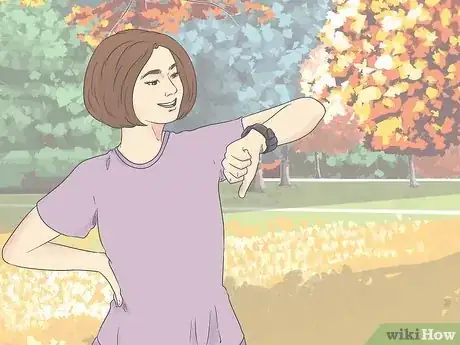
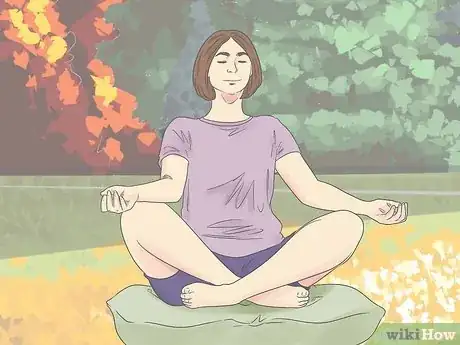

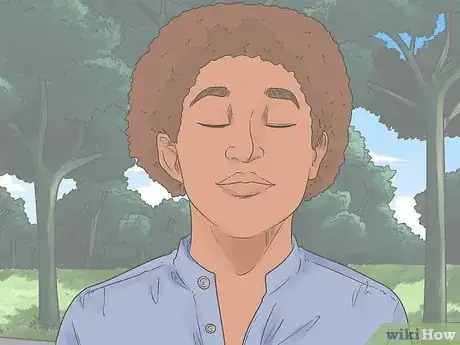
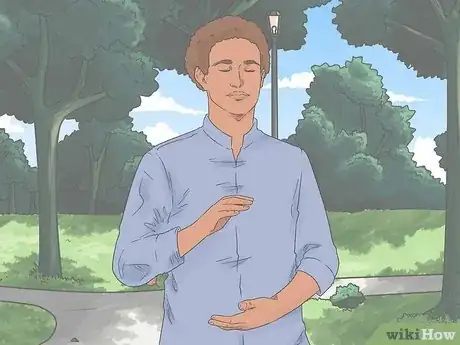
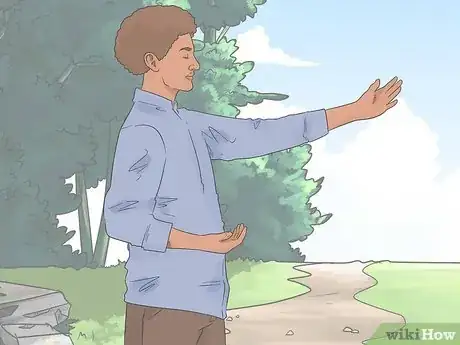
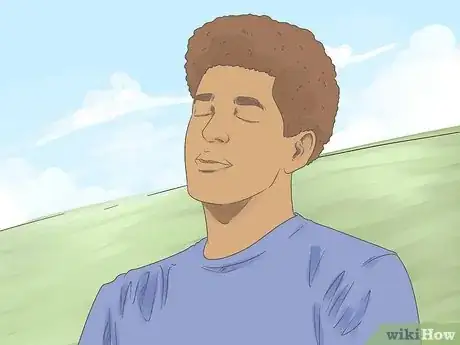


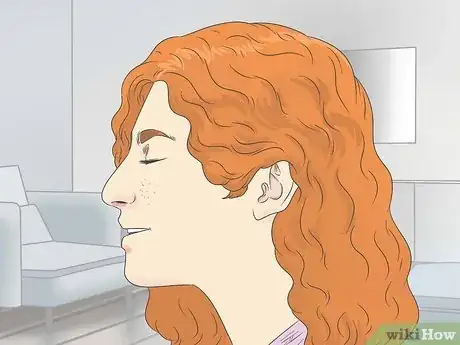


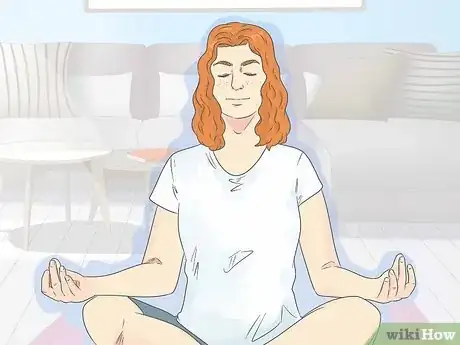


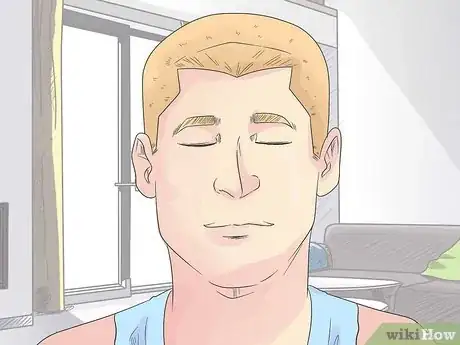
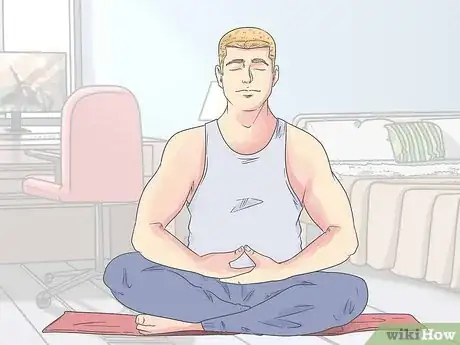

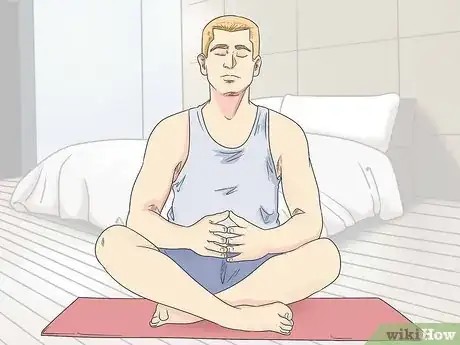


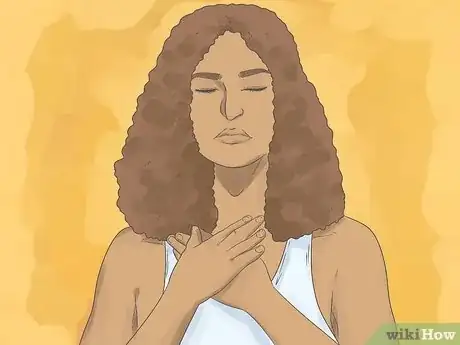
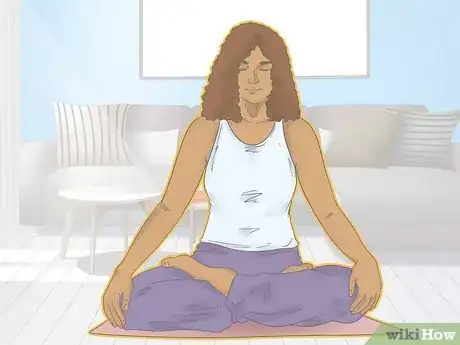
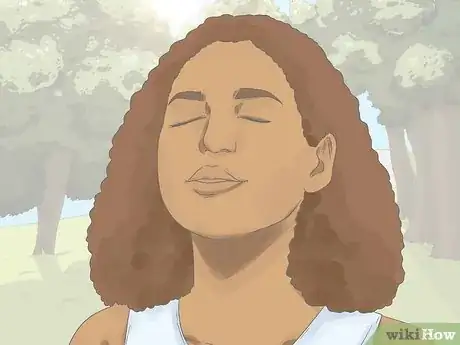
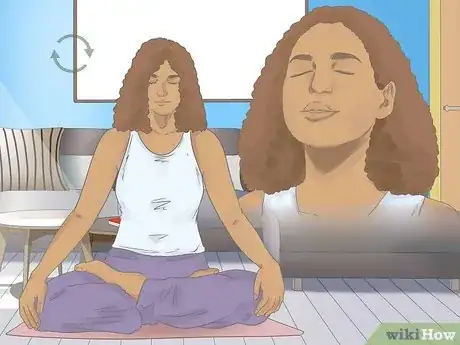




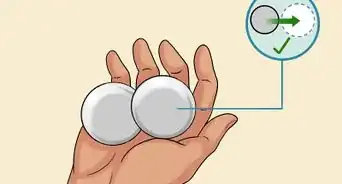


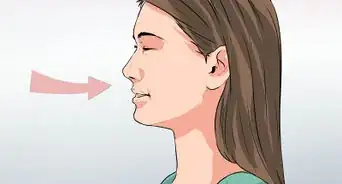



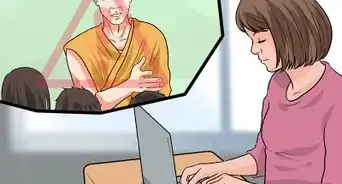
-Step-7-Version-2.webp)
